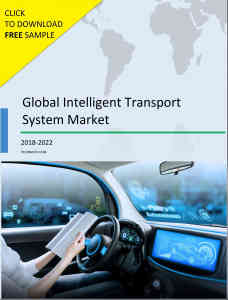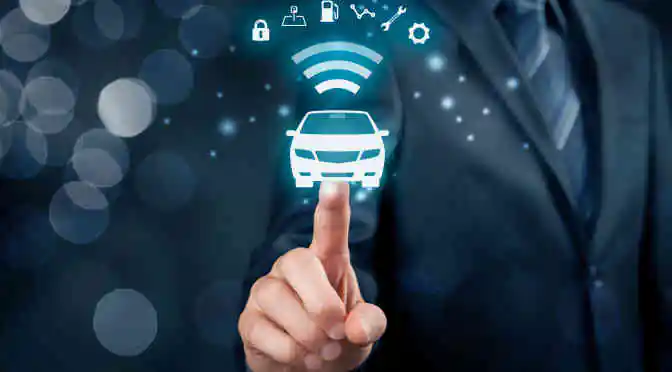The world’s population is increasingly becoming urban. Right now, 54% of the global population lives in cities. This substantial number is set to hit 66% by the year 2050. In any city, transportation systems are a veritable lifeline. And lately, the Internet of Things (IoT) is seen as the most advanced and promising solution for next-generation transport networks. Transportation systems will be cleaner, cost effective and energy efficient, thanks to IoT.
 Connected transportation and mobility
Connected transportation and mobility
Until recently, the advantages of IoT in transportation wasn’t as clear as some other technologies associated with our day-to-day life. However, today, the idea of ‘connected transportation’ is a reality that impacts all types of motorized transportation. The growing popularity of IoT enabled devices and the internet, is redefining connectivity in this vital sector.
A multitude of cities are exploring this IoT technology in transportation. The latter optimizes public transit routes, improves safety and reduces vehicle congestion. Additionally, response time where accidents are concerned is vastly reduced. Live examples of this technology include smart mass transit systems and sensors that detect speeds and helps reroute traffic. Indeed, connected transportation is equally dominant in both the private as well as public domains.
Ominously, smart cars alone will produce over 290 exabytes of data in the next few years. As more and more cities across the globe are embracing the ‘Smart City’ revolution, technology experts and local governments continue to discover new approaches to improving the quality of life in these dynamic habitats, including the adoption of intelligent transport systems.
Revamping public transportation
Millions of people in urban areas use the public transport services and commute daily on trains and buses, thus contributing to the generation of a vast quantum of minable data on a daily basis. Herein, IoT has a productive part to play in terms of using said data to better streamline public transportation systems.
Public transport vehicles equipped with connected sensors can alert service crews to schedule maintenance activities. Additionally, it can also ensure that the vehicle complies with the regulatory frameworks and set standards. Also, by offering internet connectivity on the go, public transport vehicles can enhance customer satisfaction.
Further, IoT empowers organizations to track the vehicle’s location, movement and ensure its safety. This collected data is made sense of using business intelligence solutions, and the same is converted into customized offers for the customers.
IoT and fleet management
Fleet management is at the heart of the IoT revolution. When compared to any other transportation segment, fleet management is the discipline that will gain the maximum benefits from harnessing the connectivity and data derived from IoT. Fleet management is moving beyond independent systems of route management, asset monitoring, and maintenance reporting to fluidly interconnected solutions that are customized for specific business and fleet needs.
The ubiquitous connectivity of IoT is opening up entirely new insights and updates; new processes never thought possible. Herein, data points- only now visible thanks to invisibly connected information superhighway- are powering far reaching changes.
Intelligent dispatching, driver and asset monitoring and real-time access through IoT connectivity are helping fleet management companies to ensure their human capital and vehicles are operating at optimum levels. Further, IoT solutions are helping fleets make informed business decisions to forecast and meet the demands of their customers, which consequently helps them to stand apart from their competitors.



